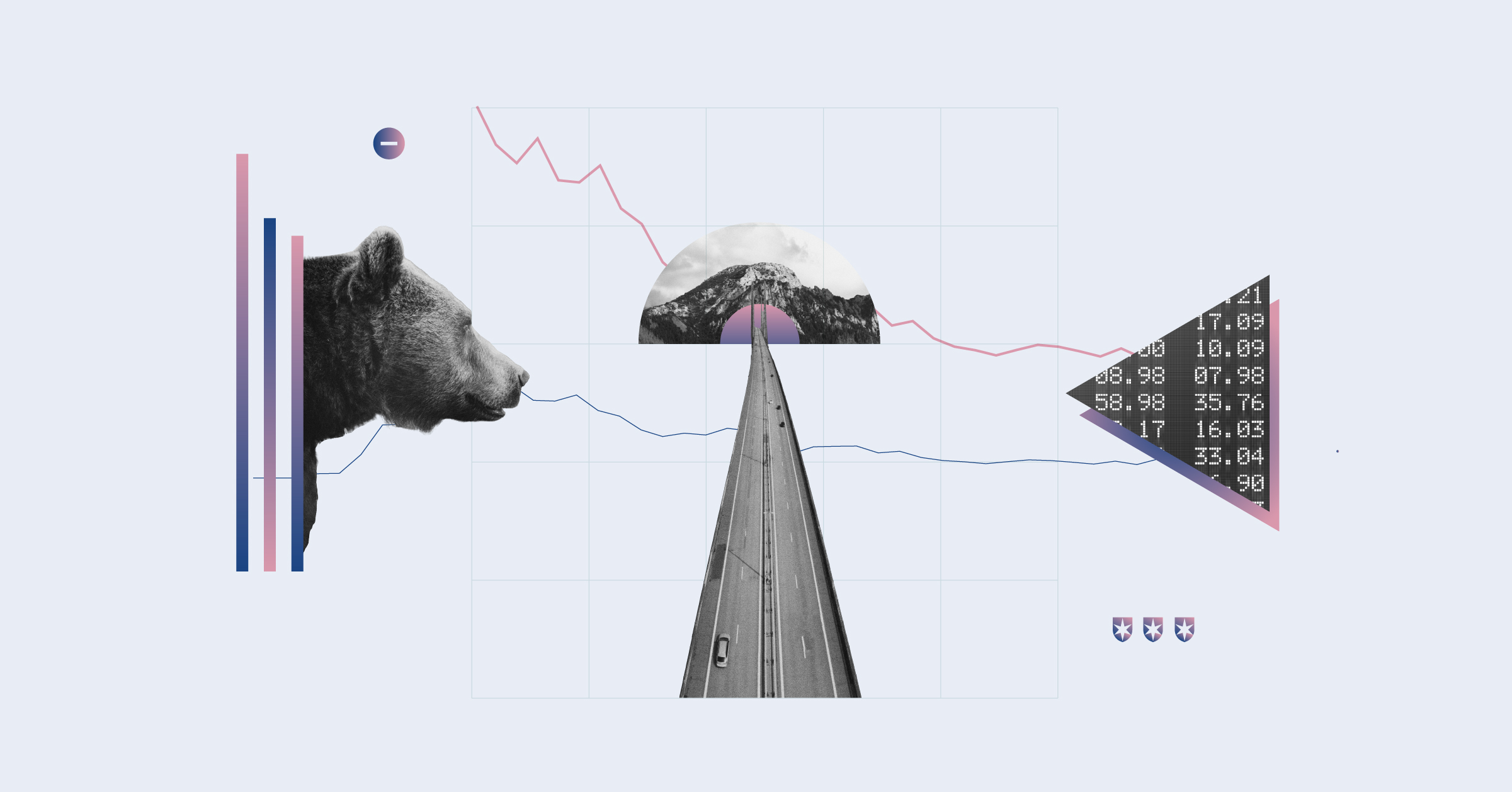When Will Canada Cut Interest Rates in 2024?
On Wednesday, March 6, the Bank of Canada will announce its decision on interest rates. The market expects one more hold and a rate cut around the corner for Canada – but risks remain.
“In Canada, inflation peaked just above 8% in 2022—the highest inflation in a generation. By the end of 2023, it had declined to about 3.5%,” said Bank of Canada Governor Tiff Macklem in a speech to the Montreal Council on Foreign Relations in February, “That is welcome progress in response to a forceful tightening of monetary policy. The Bank raised its policy interest rate 10 times in 17 months. That slowed demand, rebalanced the economy and is bringing inflation down. Monetary policy is working.”
Post-Pandemic Inflation Finally Fading – For Now
Macklem’s celebration of effective central bank action also came with cautions about how monetary policy is an imperfect art and has limitations. In retrospect, we may find stimulus was withdrawn too slowly, such as after 9/11, he said. And after the global financial crisis, stimulus was withdrawn too fast, he added, “But even when the timing was not perfect, the policy decisions proved effective.”
“Of course, the pandemic is the biggest shock so far,” said Macklem, and accordingly, “in times of severe stress, monetary policy must be quick and decisive.” Macklem can now look back in hindsight: “We probably could have begun withdrawing stimulus sooner,” he said, “But that wouldn’t have avoided much of the post-pandemic inflation.” When the economy reopened, people wanted to catch up on what they’d missed, but supply could not keep up, said Macklem, “This put immediate upward pressure on prices.”
There Will Still Be Some Sticker Shock
Supply also still can’t keep up in Canadian housing, Macklem cautioned. “The effects of monetary policy on the supply of housing are much more limited,” he conceded. And other temporary “price shocks” will continue to happen. “These are fluctuations in specific prices, often for energy and food, because of things like geopolitical events, droughts and transportation disruptions,” said Macklem, “As long as these relative price shocks don’t broaden into more generalized price changes, they have a temporary—or dare I say transitory—effect on inflation.”
According to Statistics Canada’s Consumer Price Index for November 2023, prices for services remain elevated, up 4.6% year over year, while electricity prices rose 8.2% year over year. Meanwhile, lower demand for fuel oil led energy prices down 5.7% year over year.
Putting all the forces on prices together, “the resulting push and pull on inflation means the path back to 2% inflation is likely to be slow and risks remain,” said Macklem, “Our forecast has inflation staying close to 3% through the first half of this year before declining to around 2½% by year-end, and to the 2% target in 2025.”
Will the U.S. Cut Interest Rates Before Canada?
While Canada hovers in the mid-3% mark for inflation, the U.S. has already entered 2% territory. “Core inflation has fallen year over year from a peak of 5.6% in February 2022 to 2.9% in December 2023,” notes Morningstar’s chief U.S. economist Preston Caldwell, adding that in the last six months, it’s down to 1.9% annualized. Data for March, available at the Fed’s May meeting, should “leave little doubt about the appropriateness of rate cuts.”
“We currently think a cut in May looks extremely likely,” concludes Caldwell, “It is hard to fathom how the U.S. Fed could wait much longer than May if it is to begin cutting before hitting the 2% barrier, as it has guided.”
Bank of Canada Interest Rate Probabilities
Looking ahead, we can also use tools to gauge market sentiment around Canadian interest rates. One way to do that is by looking at assets often seen as hedges to higher interest rates. When interest rates rise, investors may seek out the relative stability of a guaranteed financial contract.
Watching the prices of common short-term investments known as “bankers’ acceptances”, where Banks guarantee payment, is one way to gauge market sentiment around interest rates. In Canada, “BAX” contracts (which track the value of bankers' acceptances) trade on the Montreal Exchange and are used to produce implied short-term interest rate movements and probabilities for Canada.
BAX prices can be volatile as economic forecasts change frequently, but as of February 27, the metric suggests Canada is still headed for a steady decline in rates, which may reflect continued expectations of a soft landing for the Canadian economy. Specifically, the prices suggest there is:
- a 16% chance of a 0.25% drop in interest rates in Canada in March 2024,
- a 96% chance of a 0.25% drop by June 2024,
- a 94% chance of a 0.50% drop by September 2024 and
- an 80% chance of a 1.50% drop by June 2025.
What Should Canadian Investors Do?
Should you adjust your portfolio for this Canadian interest rate outlook? "Investors are reminded that short-term fluctuations (if any) in interest rates may cause some market volatility, but they should not deter you from your long-term investment strategy,” Morningstar Canada's director of investment research, Ian Tam says, “This said, global equities have had quite the run-up lately which might cause your portfolio to shift away from its target mix between stocks and bonds (or in other words the asset allocation). Now is as good a time as any to have a quick look to see if you are still on course, and re-balance if necessary."







:quality(80)/cloudfront-us-east-1.images.arcpublishing.com/morningstar/M6SJ4Q7QEVDSVHXNUF4JGLIDLI.png)













